Introduction
If you raise fish in the Philippines, you know the feeling in your gut. You watch your bangus or tilapia thrive, but you also watch the rising cost of commercial feeds eat away at your hard-earned profits. It’s a constant struggle: how to grow the healthiest fish without the price of feed sinking your business.
The good news is that many Filipino fish farmers are finding a powerful answer: taking control by making their own feed with fish feed pellet machine. On-farm pelletizing is more than just a trend; it’s a revolution.
As our nation’s demand for fish grows, the need for high-quality, affordable feed has never been more critical. This guide is a conversation about how a simple machine can become the heart of your aquaculture operation and put the power back into your hands.
What Is a Fish Feed Pellet Machine?
Definition and Purpose
A fish feed pellet machine is a tool that transforms your basic raw ingredients like rice bran, soybean meal, and fish meal into perfectly formed, nutritionally complete pellets. Its purpose is to create a balanced diet that your fish will readily eat, ensuring they get everything they need to grow fast and stay healthy. Think of it as your own personal feed kitchen, making the perfect meal for your fish every time.
Working Principle of Fish Feed Pellet Machine
Making fish feed pellets is a step-by-step process, much like cooking a perfect adobo, both the ingredients and the method matter. First, your raw materials are ground into a fine powder for even mixing. Then, in a conditioner, steam or water is added to moisten the mix so it will stick together.
The heart of the process is pelleting. The conditioned mash is forced through a metal plate with small holes, called a die. The intense pressure and heat cook the ingredients and form the pellets. Afterwards, the hot, soft pellets go to a cooler to harden and are then screened to remove any dust or broken pieces. Finally, they are ready for packaging and storage.
Main Fish Feed Pellet Machine Types
You will mainly encounter three types of machines:
Extruder Pelletizers:
This is the most popular choice for fish like tilapia and bangus. The fish feed machine uses high heat and pressure to cook the feed, causing it to puff up and float. This is a huge advantage, as you can see your fish eating and avoid overfeeding.
Ring Die Pellet Mills:
Ring die pellet mills are the heavy-duty workhorses for large-scale commercial operations. They produce very dense, uniform pellets at a very high rate, but sinking pellets. They are often used for creating sinking pellets for species like shrimp.
Flat Die Pellet Mills:
Flat die pellet mill is the simple, economical choice, perfect for backyard fishponds or small-scale farms just starting out. It’s a reliable and affordable way to begin making your own fish feed, it is also sinking fish feed.
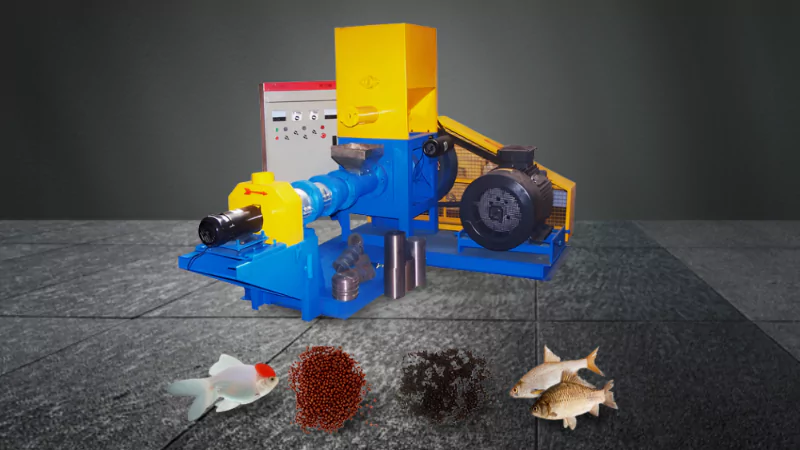
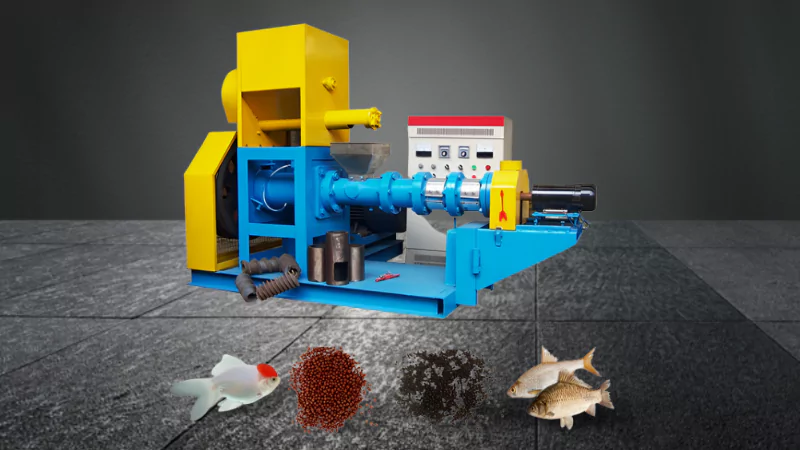
Philippines Market: Models & Suppliers of Fish Feed Pellet Machine
Local Manufacturers
In the Philippines, you can find skilled local fabricators, especially in regions known for metalworks. These Filipino fish feed pellet machine makers build sturdy, no-frills machines that get the job done. Their biggest advantage is often a lower price and the simple fact that you can talk to the person who built your machine. They understand local conditions and can often provide faster, more personal service.
International Brands
Many well-known global suppliers, often from China, Taiwan, or Europe, have distributors of fish feed pellet machine in the Philippines. These machines typically offer more advanced features, higher efficiency, and more precise controls. They are a good choice for larger, more established farms that need high performance and consistency.
Supplier Comparison
When you compare suppliers, look beyond the initial price tag. Ask about the warranty and after-sales support. A cheap machine with no support can become a very expensive problem. Check on spare parts availability. How long will it take to get a new die or roller shipped to your province? A good supplier will have common spare parts available locally in the Philippines, saving you weeks of costly downtime.
How to Choose the Right Fish Feed Pellet Machine in Philippines
Production Capacity and Farm Scale
First, be honest about the size of your operation. Are you running a small backyard hatchery for fingerlings, a few mid-sized ponds in Central Luzon, or a large commercial farm in Mindanao? Look at the machine’s capacity, measured in kilograms per hour. Choose a machine that can produce your daily feed requirement in a few hours, not one that has to run all day.
Raw Material Versatility
Your machine must be able to handle the fish feed ingredients that are affordable and available to you. This means it needs to work well with common Philippine staples like fish meal, soybean meal, corn, and of course, darak (rice bran). If you plan to innovate with new ingredients like insect protein or seaweed meal, discuss this with your supplier to ensure the machine is compatible.
Energy Efficiency and Operating Costs
Your electricity bill is a major part of your operating cost. Look at the machine’s power rating (in kilowatts) and calculate your potential energy use. A key metric to ask about is the kW-per-ton, how much energy it takes to produce one ton of feed. This helps you calculate the Total Cost of Ownership (TCO), which is the true cost of the machine over its entire life.
Build Quality and Durability
The humid, tropical climate of the Philippines is tough on fish feed pellet machine. Rust is your enemy. Check that the machine’s key components, especially the die and rollers, are made from high-quality, corrosion-resistant alloy steel. A durable paint job or, even better, stainless steel construction in key areas, is a very wise investment.
Local Service and Technical Support
This is critical. Can the supplier send a technician to your farm if there is a problem? Do they provide hands-on training for you and your staff? Ask if they have user manuals available in both English and Filipino. Good local support is the difference between a small problem and a major disaster.

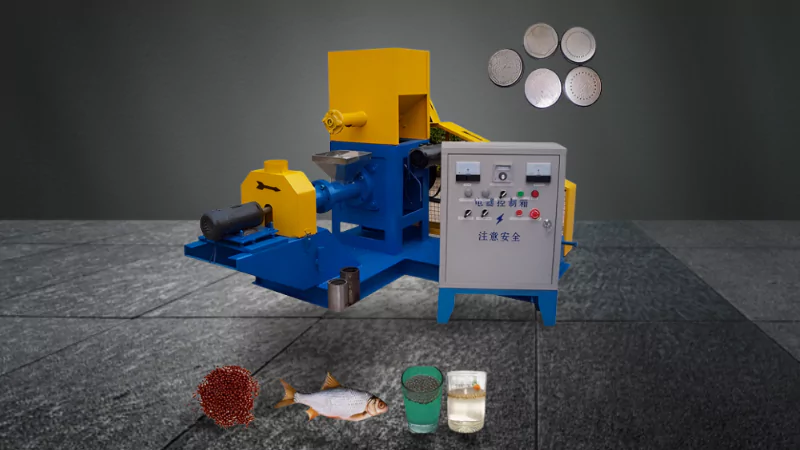
Benefits of On-Site Pellet Production
Optimized Nutrition:
You become the master of your feed. You can create custom formulas tailored to your specific fish species (bangus, tilapia, shrimp) and their different growth stages. This means better health and faster growth.
Cost Savings:
This is the big one. By making your own feed, you cut out the middleman and the high cost of transportation. You can buy raw materials like darak directly from the source when prices are low, leading to significant savings.
Enhanced Feed Quality:
The pellets you make are fresh. You control the ingredients, so you know they are free from contamination. You can also perfect the pellet size and decide if it floats or sinks, which reduces waste and improves feeding efficiency.
Improved Farm Biosecurity:
When you bring in commercial feed, you risk bringing in diseases. By controlling your entire feed production process, you create a biosecure “bubble” around your farm, protecting your valuable stock.
Common Challenges and Practical Solutions
Machine Blockages:
A fish feed pellet machine usually blocks if the mixture is too dry. An old farmer once taught me this trick: squeeze a handful of your mixed raw material. If it clumps together but breaks apart easily with a poke, the moisture is just right. If it’s too dry, a little spray of water will fix it.
Wear and Abrasion:
The die and rollers work hard and will wear down. The best solution is a good maintenance schedule. Rotate your die regularly to ensure even wear. We learned the hard way on a friend’s farm that a worn-out die not only makes bad pellets, it also wastes a lot of electricity.
Raw Material Variability:
The darak you buy this week might be different from last week’s. To get consistent pellets, you need consistent ingredients. Always try to grind your materials to the same particle size and test for moisture before mixing.
Power Fluctuations:
We all know this problem in the Philippines. Unstable power can damage your machine’s motor. A good Automatic Voltage Regulator (AVR) or stabilizer is your machine’s best friend. For a serious operation, a backup generator provides peace of mind and keeps you running.
Regulations and Quality Standards in the Philippines
BFAR Guidelines:
The Bureau of Fisheries and Aquatic Resources (BFAR) sets the rules for feed safety and licensing in the Philippines. Following these guidelines isn’t just about avoiding fines; it’s about making a promise to your customers that your fish are safe and healthy. BFAR can provide information on registering your feed.
FDA Compliance:
If you use any special additives in your feed, you may need to comply with Food and Drug Administration (FDA) standards. This ensures that everything you put in your feed is safe for the fish and, ultimately, for human consumption.
Environmental Permits:
Even a small mill can create noise and wastewater. You may need to secure permits from your local government unit (LGU) or the Department of Environment and Natural Resources (DENR) to ensure you are operating in an environmentally friendly way.
Trends & Future Outlook on Fish Feed Pellet Machine in Philippines
Automation & IoT Integration:
Technology is getting more accessible. Smart sensors can now monitor temperature and moisture inside the machine, and some systems can even be monitored from a smartphone. This helps produce a perfect batch every time.
Sustainable Feed Ingredients:
The future is in using local, sustainable ingredients. Smart minds are looking at using seaweed meal, black soldier fly larvae, and by-products from our coconut and mango industries as protein sources.
Cooperative and Community Milling:
Not everyone can afford their own machine. We are seeing a rise in farmer cooperatives or community groups pooling their resources to buy one larger, more efficient machine that everyone can share. This is the spirit of bayanihan applied to aquaculture.
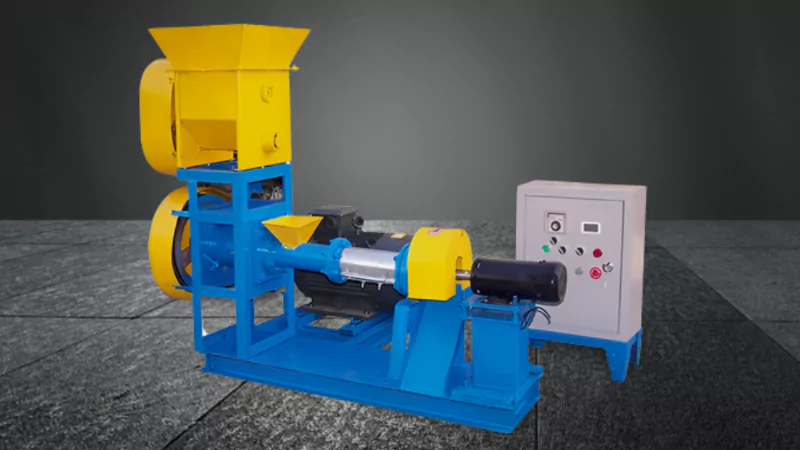
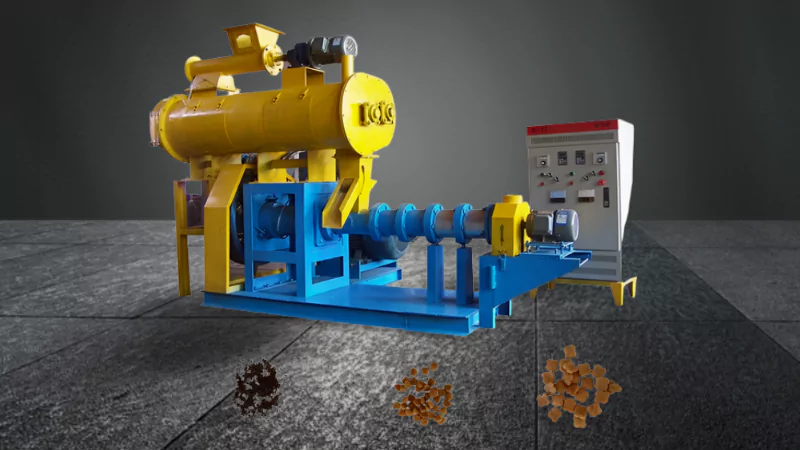
Conclusion
In the end, this fish feed pellet machine is about more than just steel and electricity in Philippines. It’s about taking back control and giving your fish the best possible food so you can give your family the best possible future. It’s a tool that helps you turn your hard work and local resources into a resilient and profitable business.
The real success isn’t just a lower feed bill. It’s the feeling of pride when you harvest healthy, fast-growing fish. It’s the security of knowing you are no longer at the mercy of fluctuating market prices. If you are ready to take that step, talk to suppliers, ask for a demonstration, and see for yourself how this technology can transform your farm.
Frequently Asked Questions (FAQ)
What is the typical investment range for a small-scale fish feed pellet machine?
In the Philippines, a small, reliable flat die fish feed pellet machine suitable for a backyard or small pond operation can range from ₱80,000 to ₱250,000, depending on the brand and capacity. Always consider the cost of delivery to your province and any installation support.
How do I determine the right pellet size for tilapia vs. shrimp?
It depends on their life stage. For tilapia fry, you need a very small crumble, about 1-2mm. As they grow, you can increase to 3-5mm floating pellets. For shrimp, you need small, dense sinking pellets, as they are bottom feeders. The pellet size should always be slightly smaller than the animal’s mouth.
Can I produce both floating and sinking pellets with the same machine?
Generally, no. An extruder is needed to make floating pellets because it cooks and expands the feed. A standard fish feed pellet mill creates dense sinking pellets. You must choose the machine type based on the primary species you are farming. Tilapia and bangus need floating pellets, while shrimp and some bottom-feeding fish need sinking pellets.
What routine maintenance tasks are essential to maximize uptime?
The most important daily task is cleaning. After you finish, run a mix of rice bran and a little cooking oil through the fish feed pellet machine. This cleans out the die holes and prevents rust. Weekly, you should check belt tension and lubricate all moving parts. And most importantly, as a wise old farmer once said, “The best safety tool is a turned-off power switch.” Always disconnect the power before you touch the machine.
